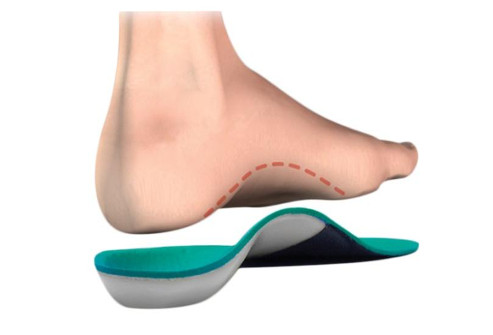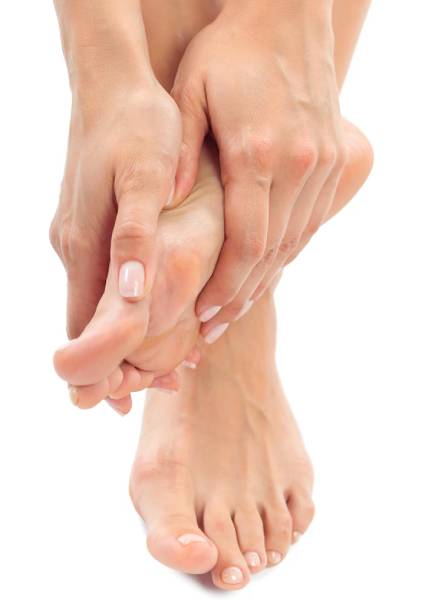Do you think Orthotics are Effective?
Ankle Sprain What Is an Ankle Sprain?
May 9, 2018What Is Acute Inflammation?
May 9, 2018Orthotics can be compared to eyeglasses. Eyeglasses change the orientation of the light rays that enter the eye to allow one to see better. Orthotics do the same by changing the orientation of the ground reactive force that hit the foot. Eyeglasses are corrective and do not change the eyes to make them see better. Orthotics do the same; they are corrective for certain conditions but will not change the foot to make them walk better. Both work only when they are worn.
Those who insist on performing exercises for the foot when an orthotic is indicated are like those who insist on squinting to see instead of wearing eyeglasses. Squinting puts strain on the muscles of the eyes and are not effective as eyeglasses to correct vision. Similarly, for many conditions of the foot and ankle, custom functional orthotics put the foot at the proper angle to walk. This angle is not easily replicated or sustained voluntarily. It is easy to regress into improper gait and allow the pathology to persist. Certain muscles may become overworked and become fatigued or injured.

While orthotics are ok for treating certain conditions, they are not a cure for all conditions. Patients should be cautious and may even want to try an over-the-counter orthotic with proper padding to see if it some help before committing to a custom device. Dr. Sherman Nagler commonly describes this to our patients. Patients should seek to gain an understanding of how and why the treatment will work for their condition. The following are conditions for which custom functional orthotics are commonly prescribed in our office:
1.Plantar fasciitis. This involves stretching of the plantar fascia at the arch or its insertion on the heel. Orthotics will decrease that pressure.
2.Posterior tibial tendinitis or dysfunction. This is the tendon that raises the arch. Orthotics help the tendon to do its job without excessive effort.
3.Flat foot or pronated foot. There are many pathologies that can arise from this type of foot, including pain. Orthotics help put the foot at the proper angle.
4.High arched foot.There are painful conditions that can arise from this type of foot as well. Orthotics will help support this type of foot.
5.Bunions and hammertoes. Orthotics will help these conditions from getting worse, and often help to decrease pain.
6.Tarsal coalition. This is when certain bones in the back part of the foot are connected during development. Orthotics will help limit painful motion.
7.Arthritis. Orthotics will help limit painful motion here as well.
8.Tarsal tunnel syndrome. Orthotics will help put the foot at the proper angle to relax the nerve.
For Best results call the office at 713.529.1010 or visit Houston’s Foot Doc at www.FootHouston.com


